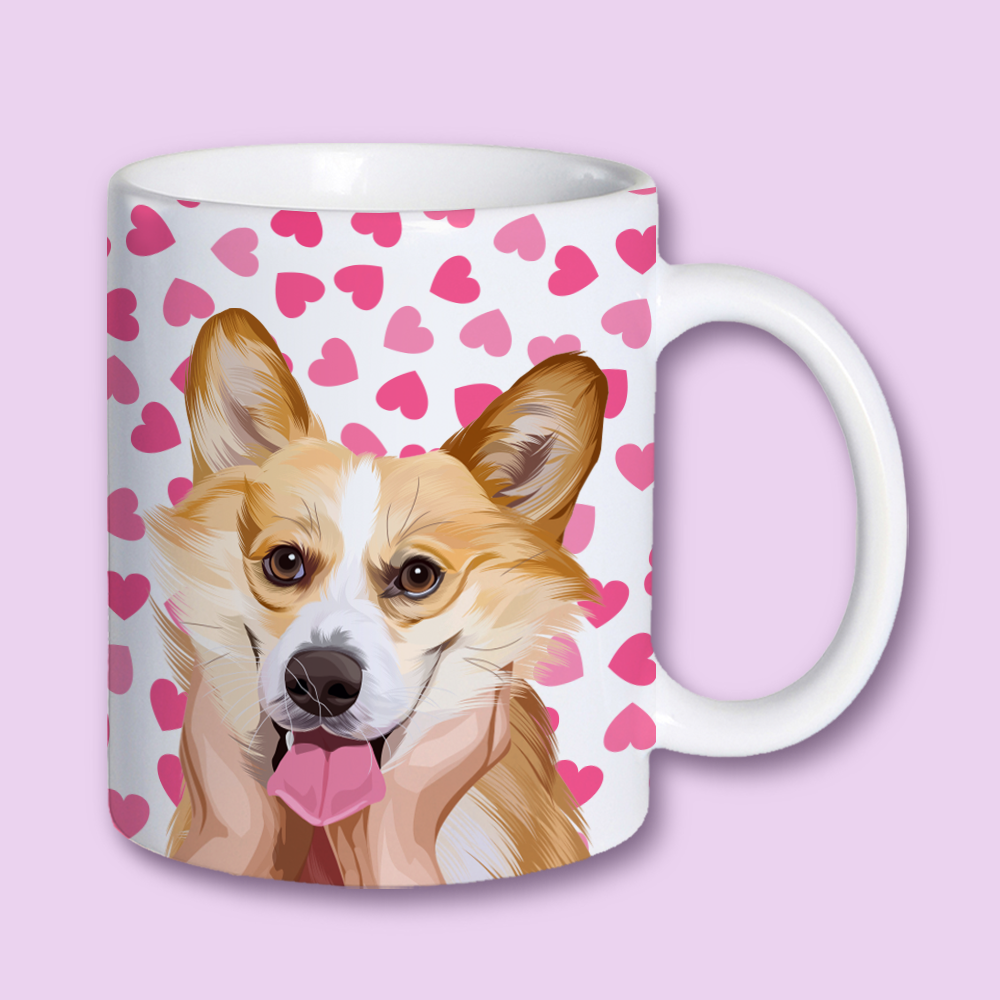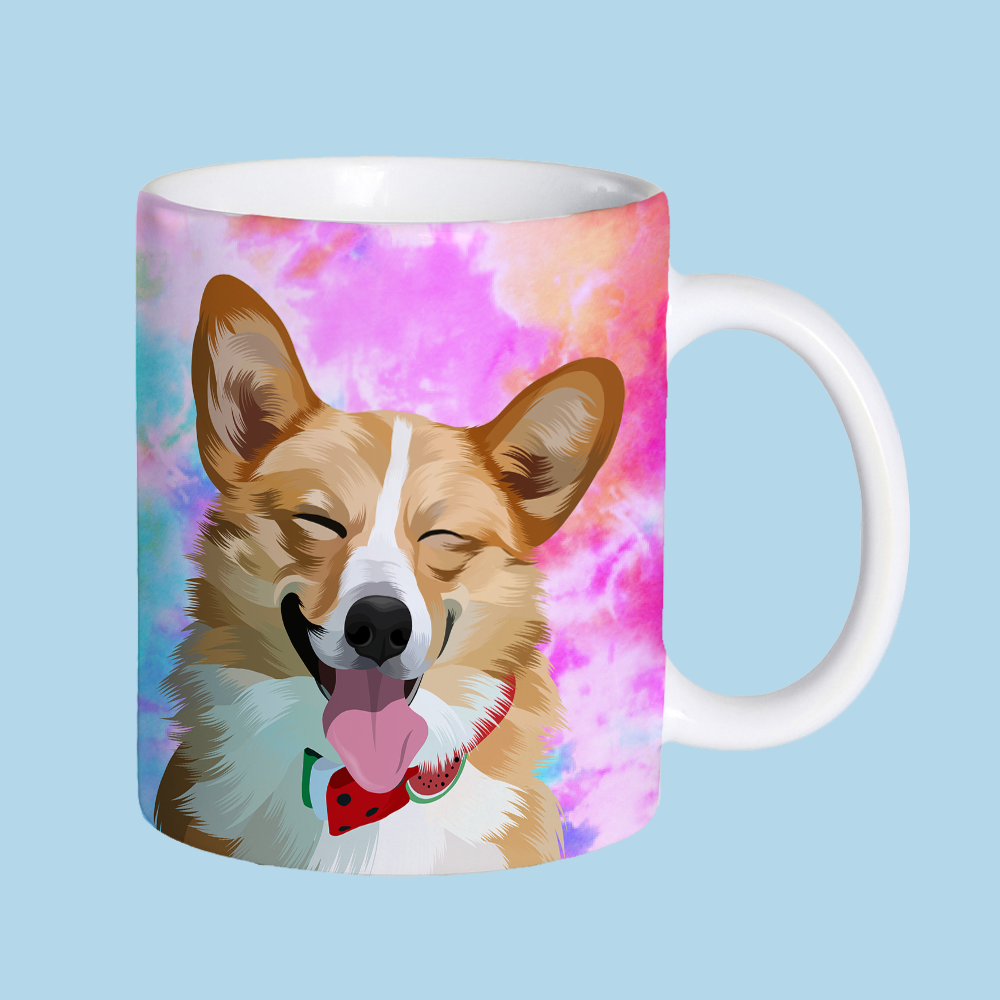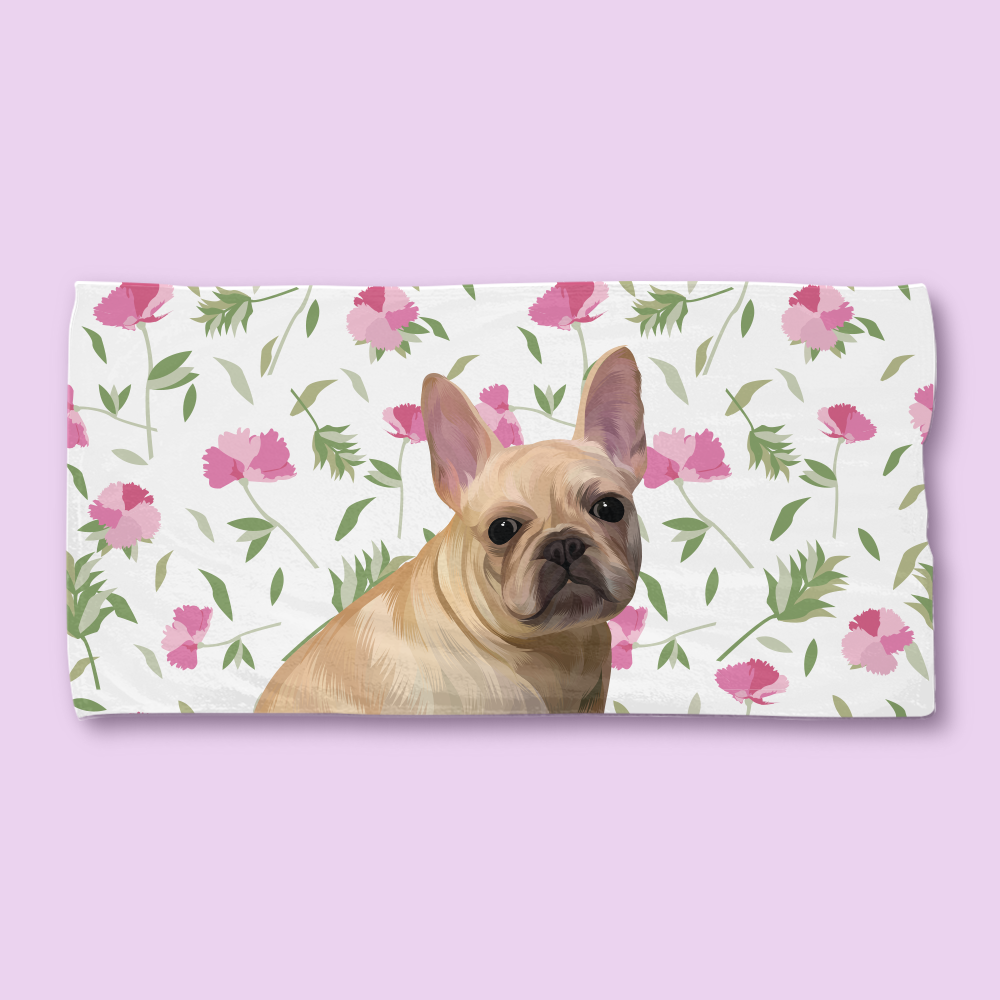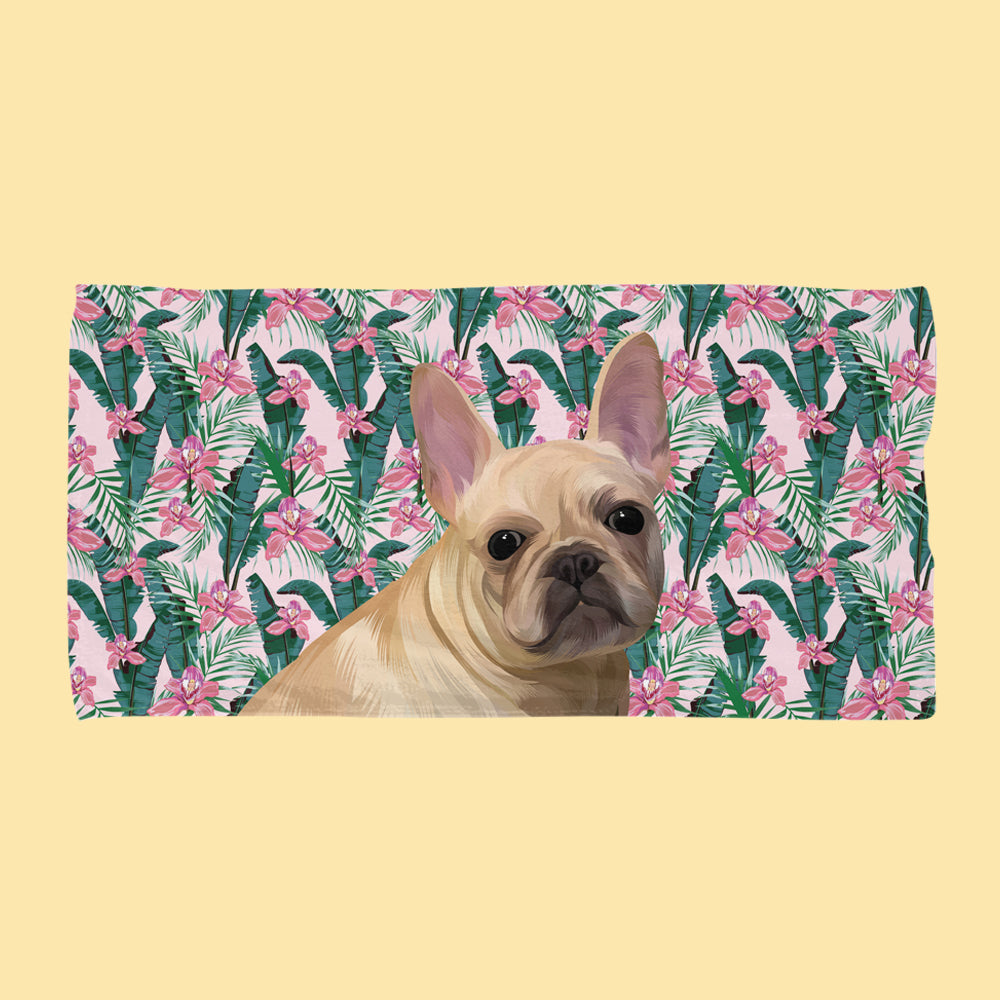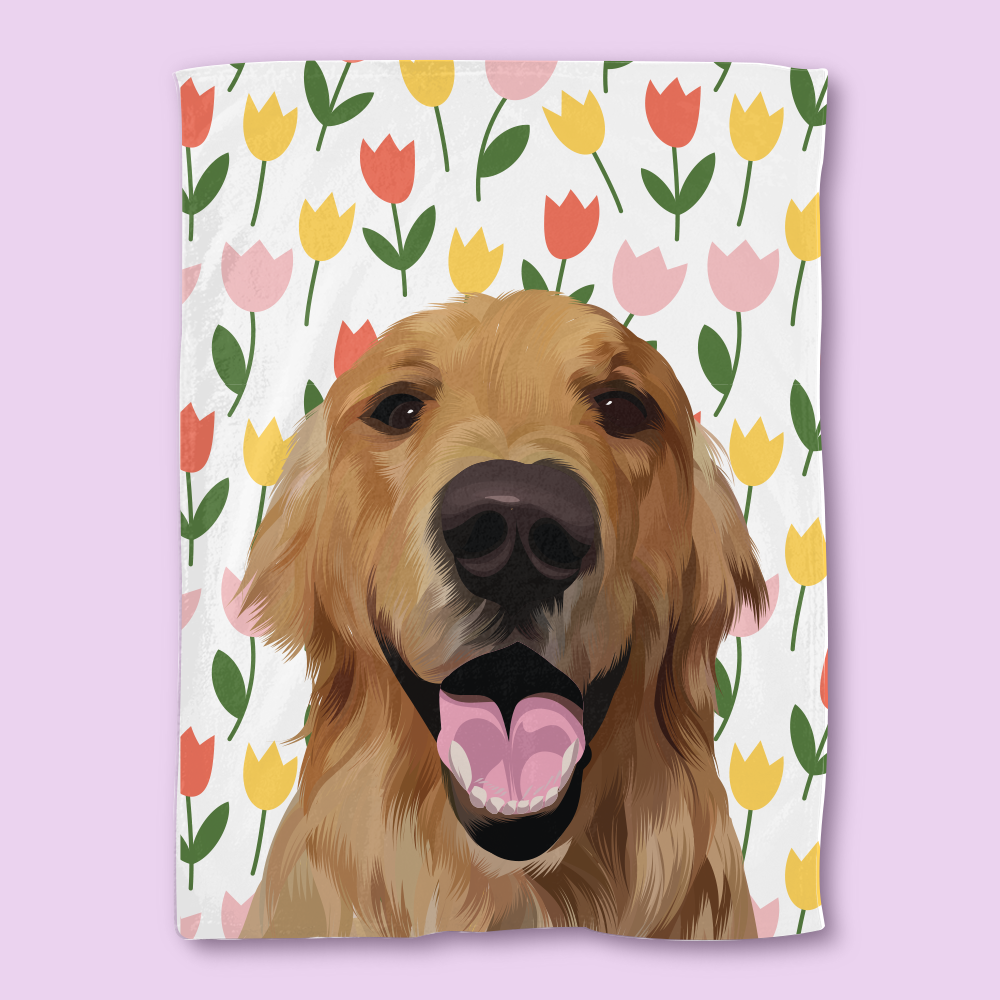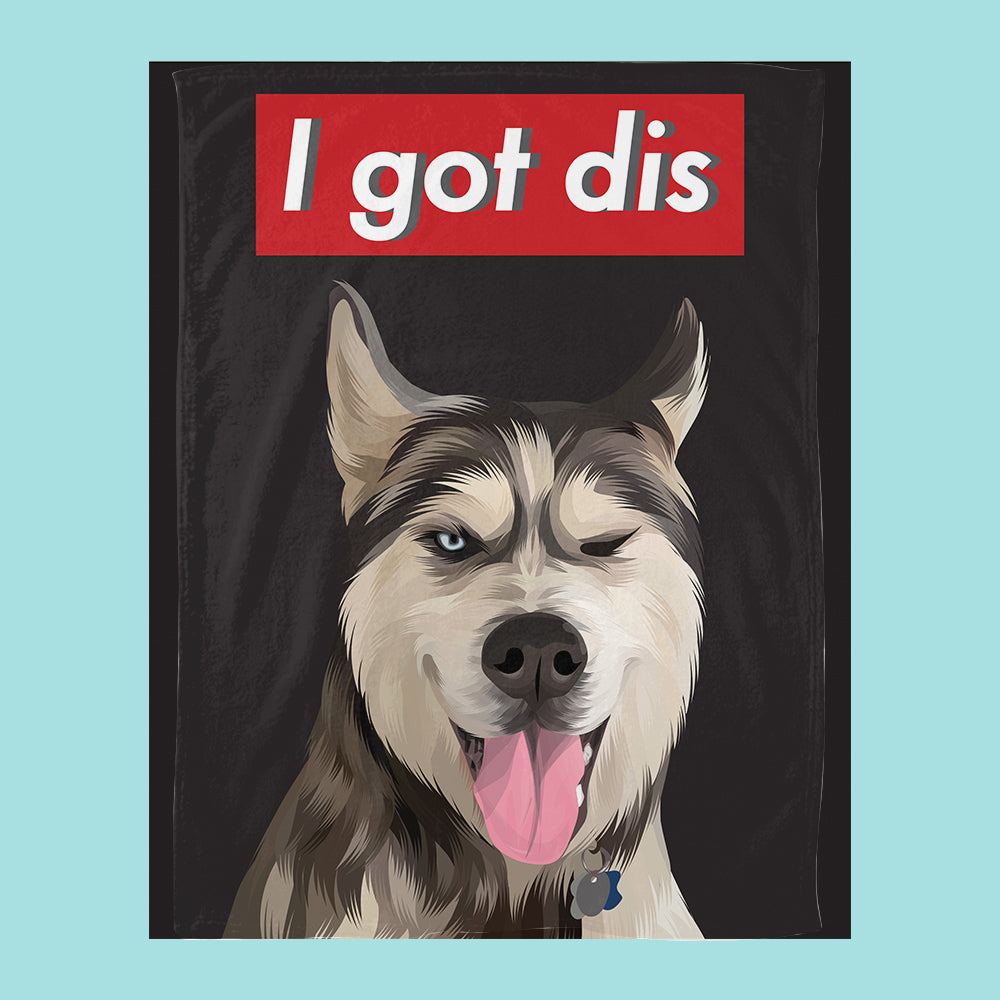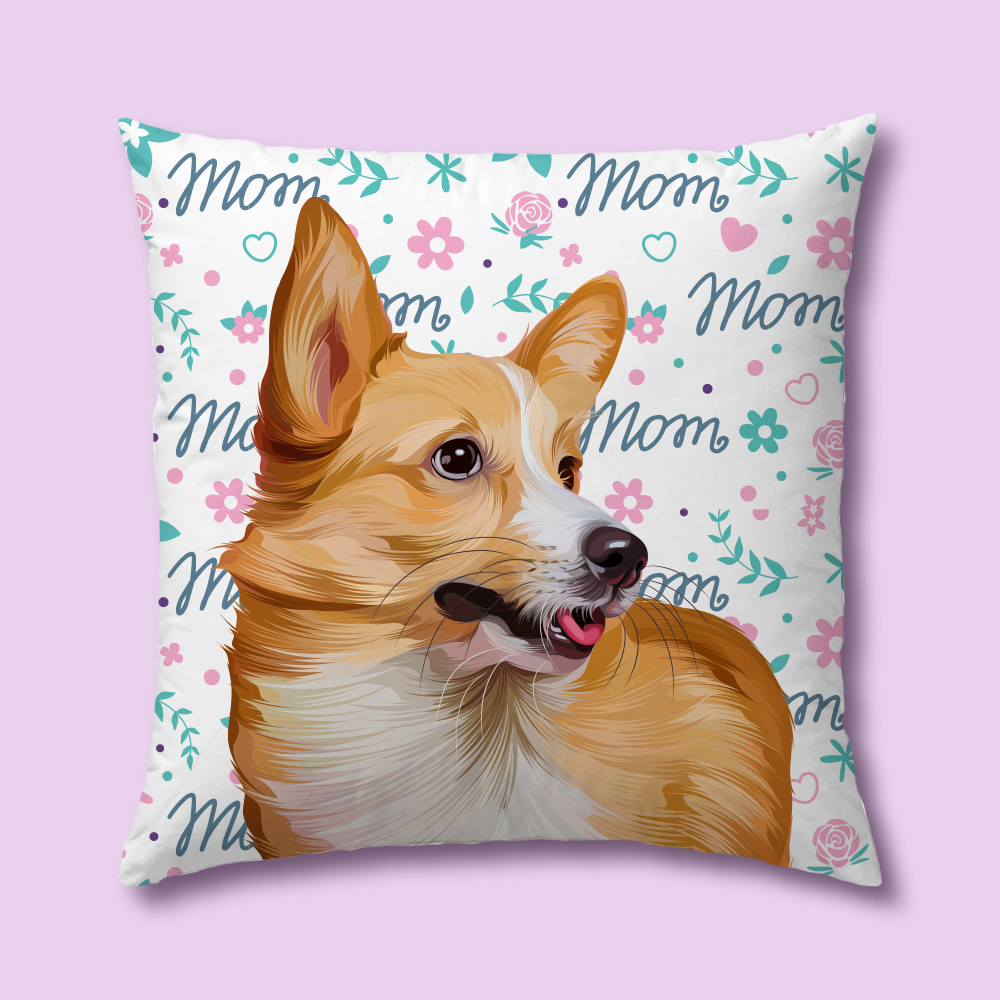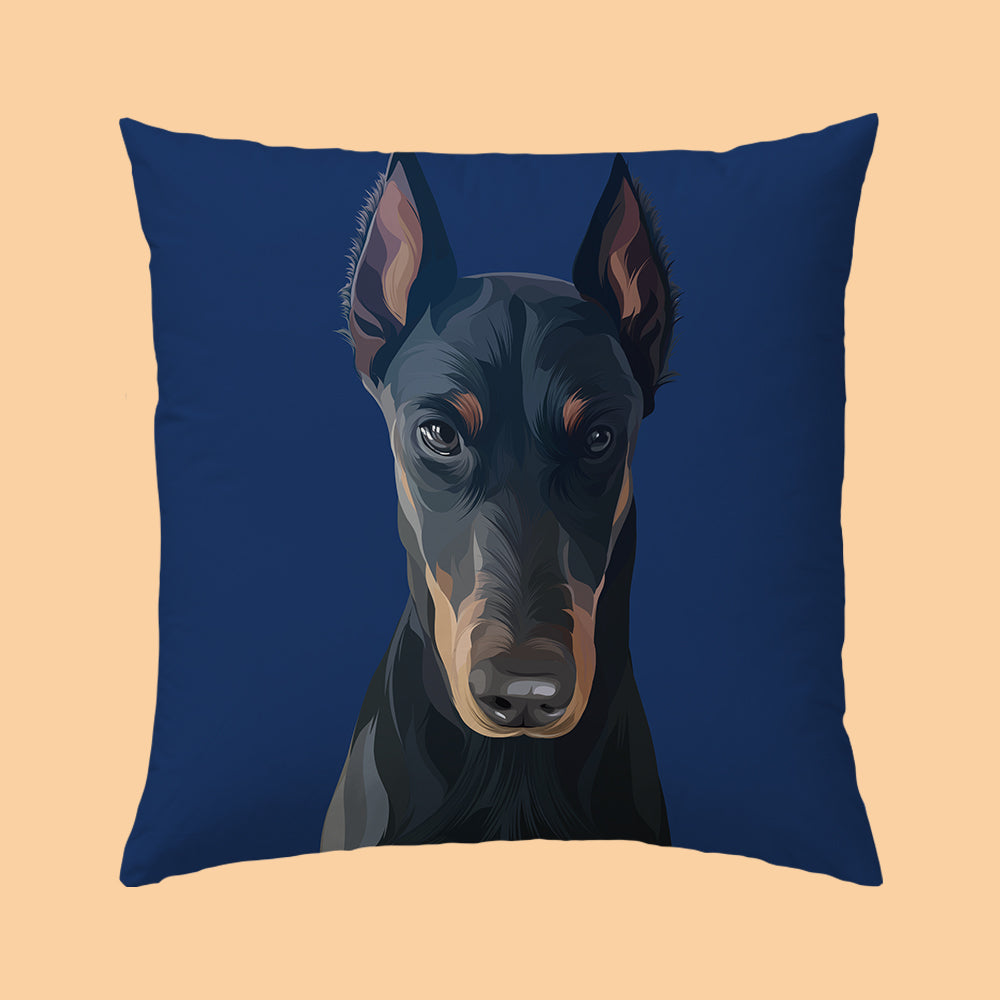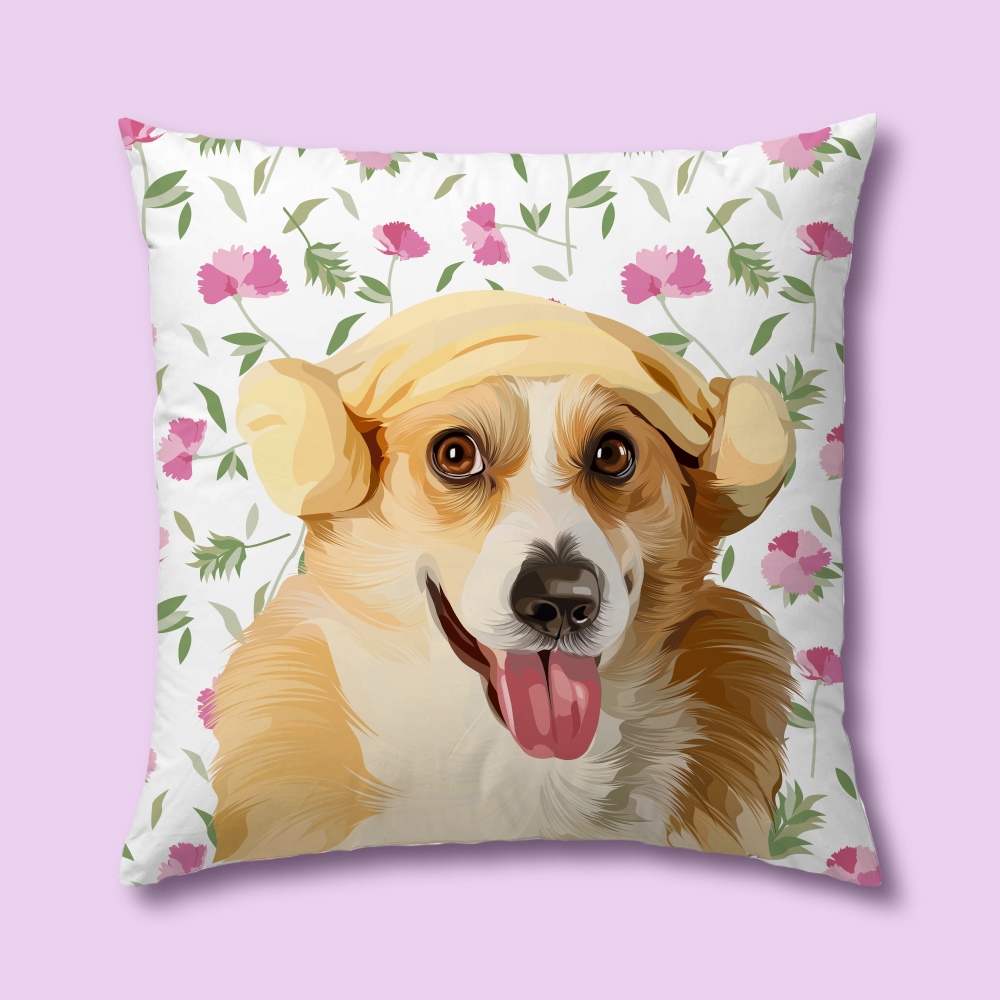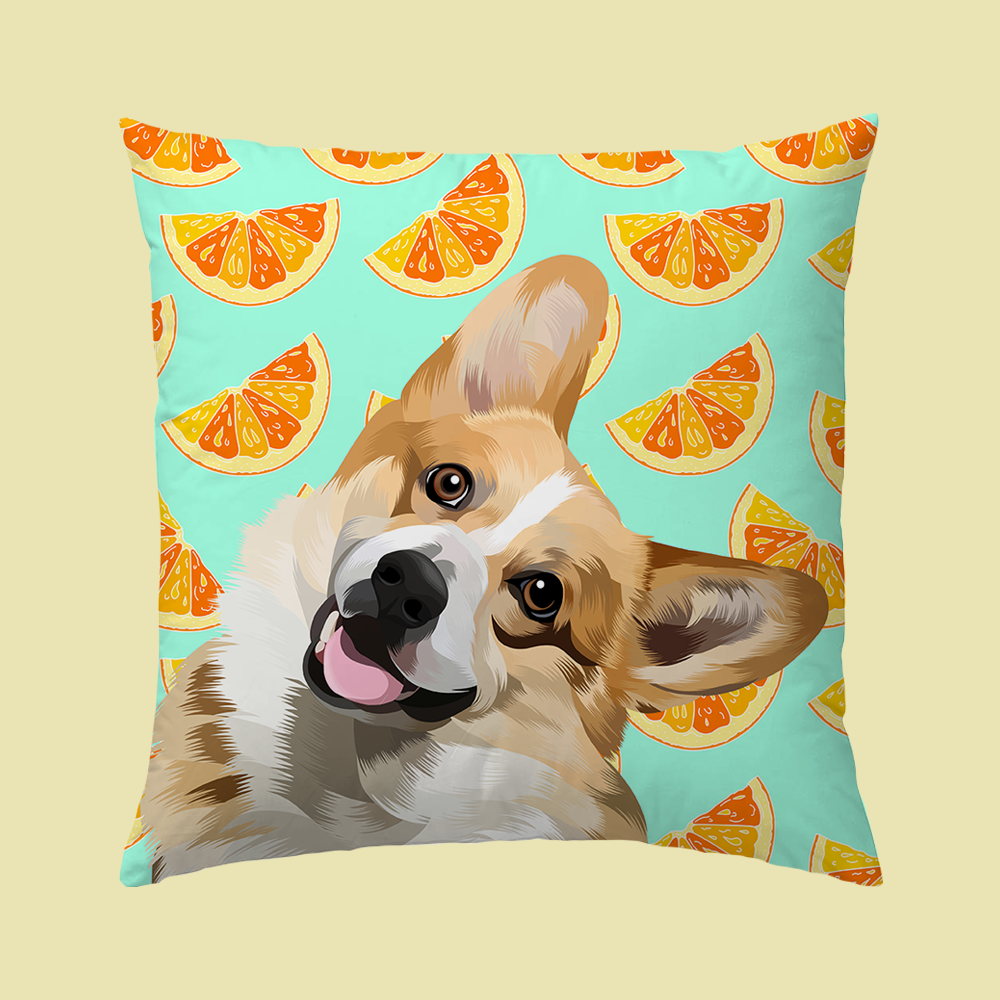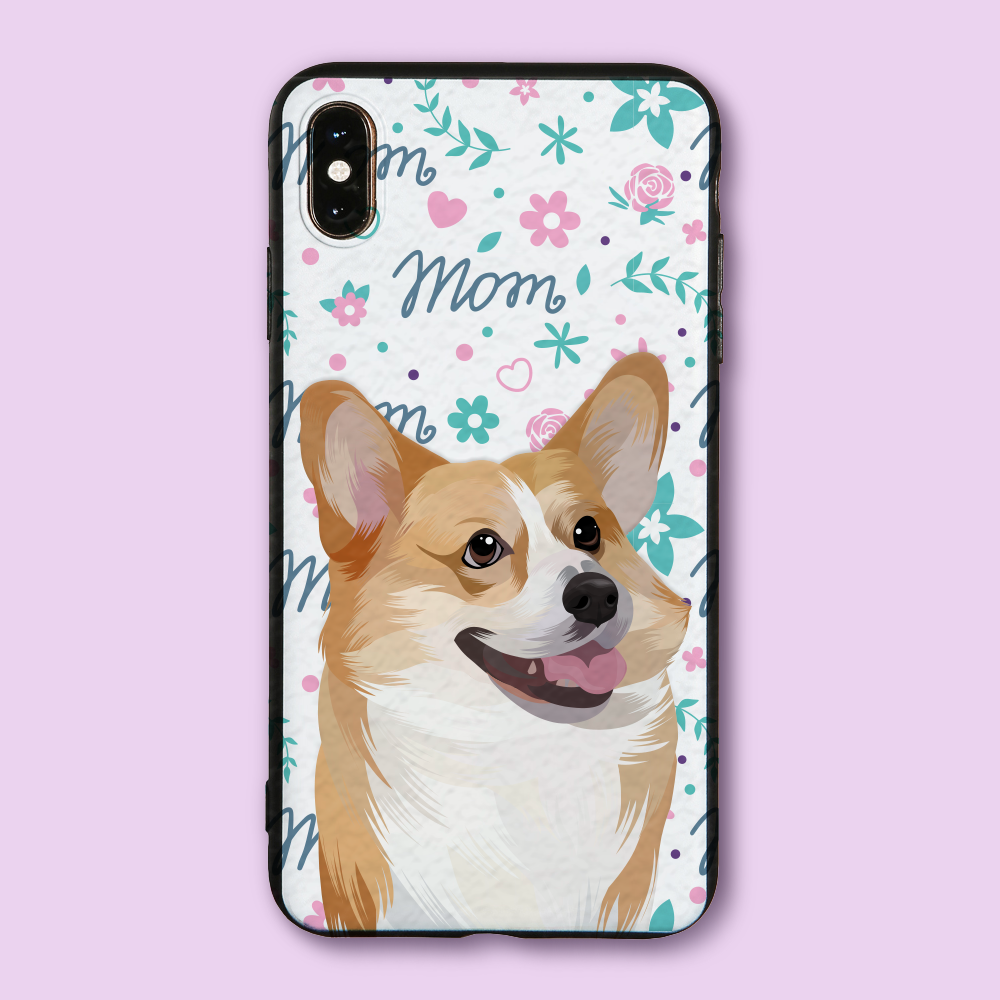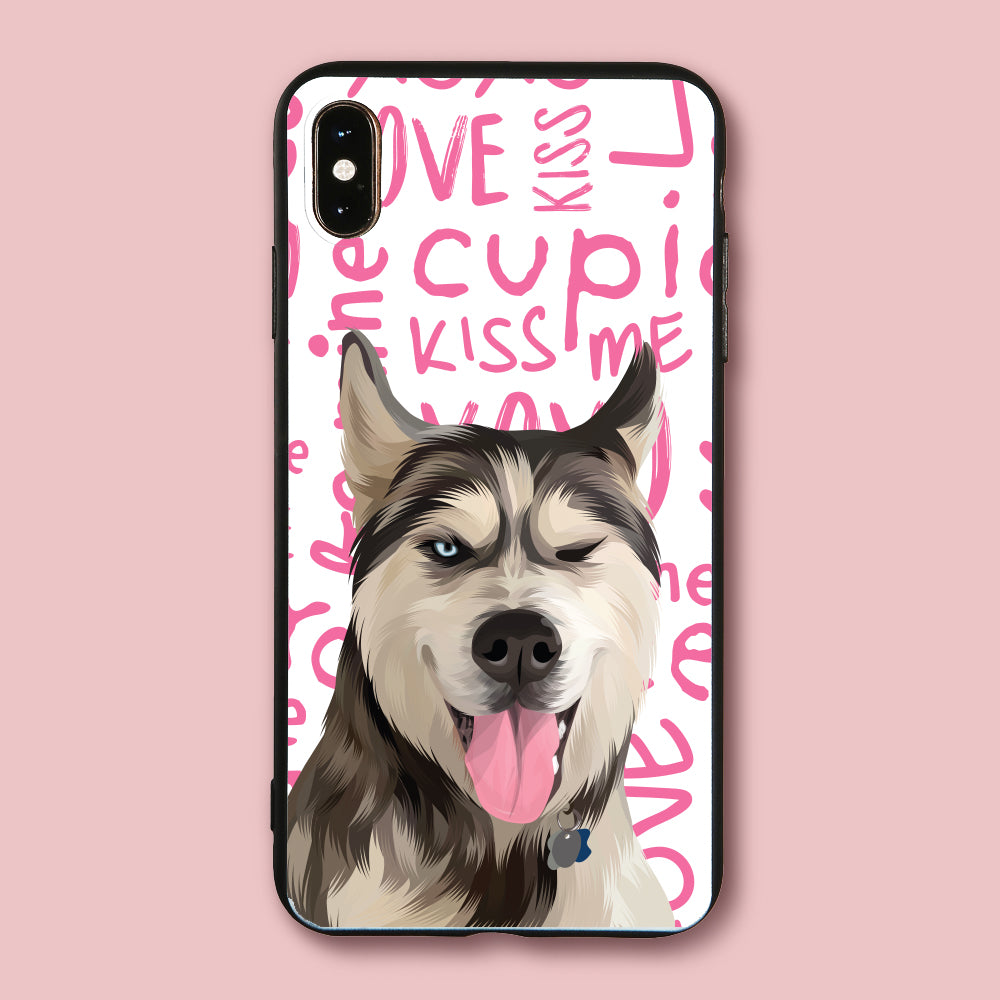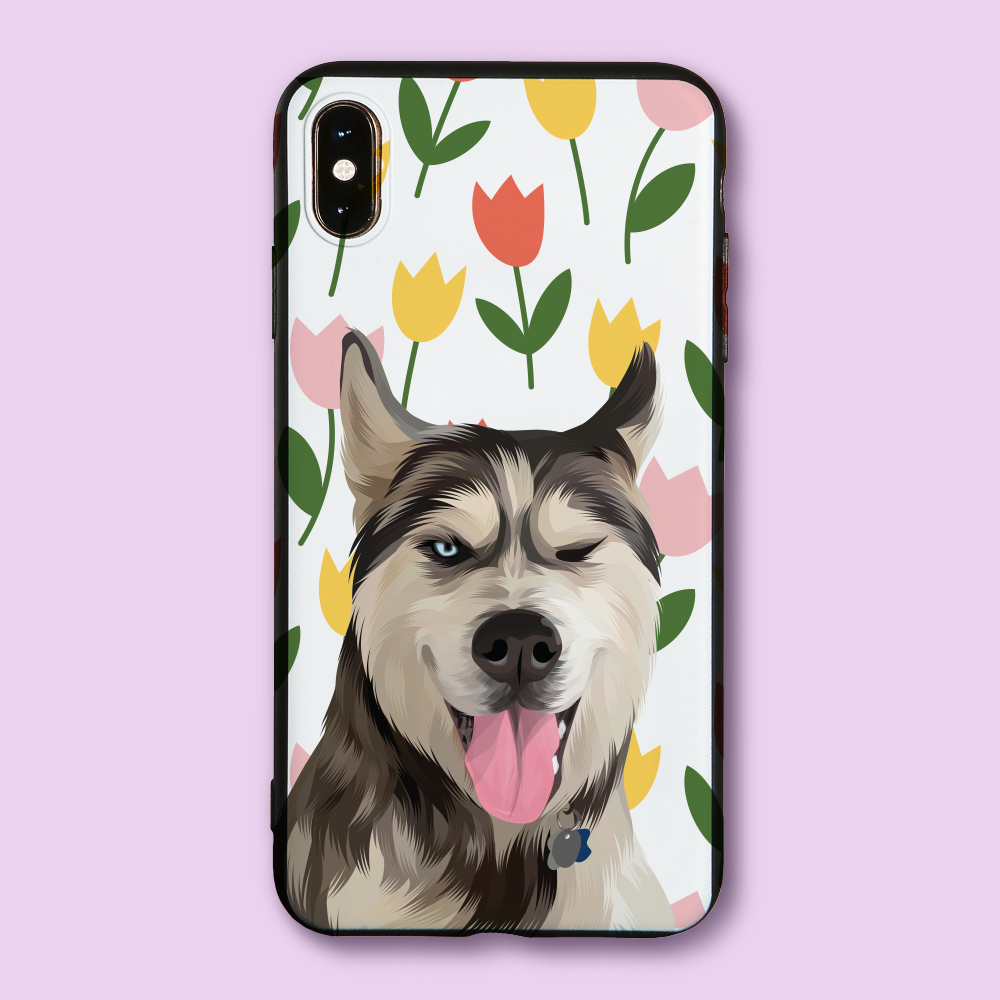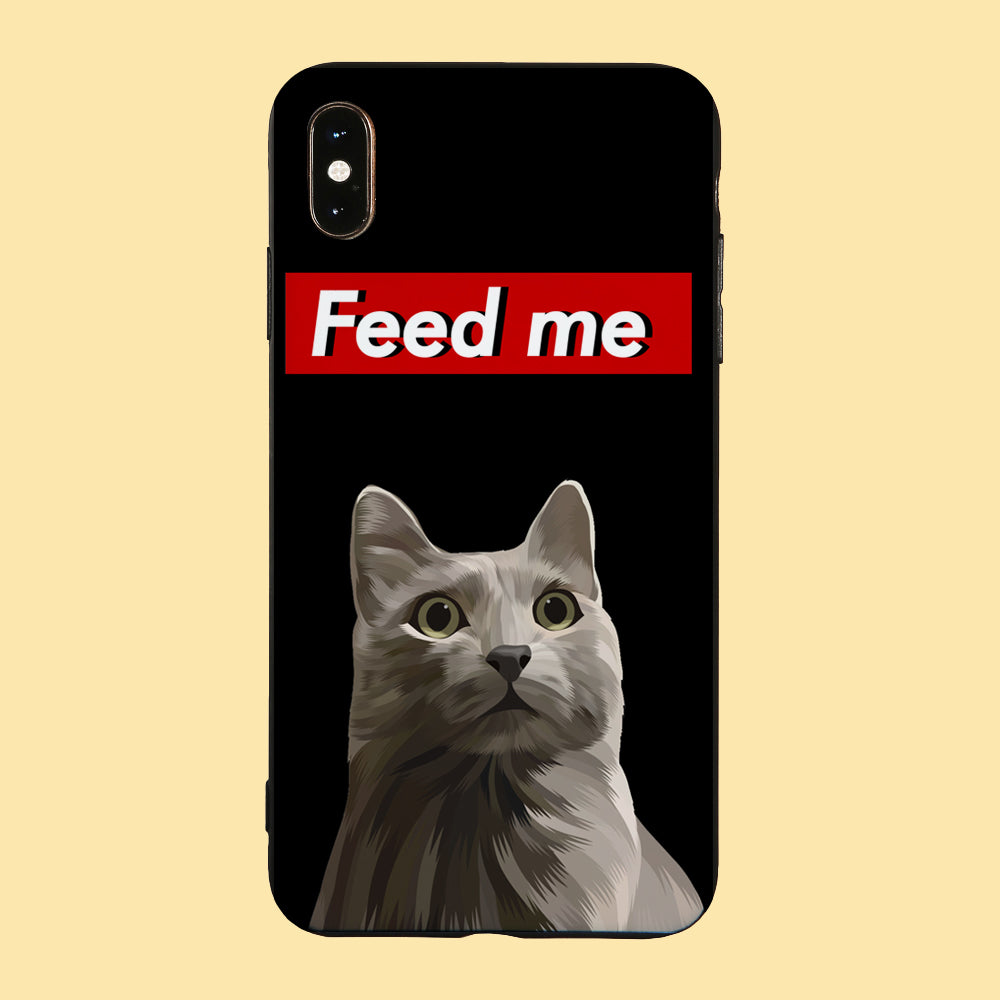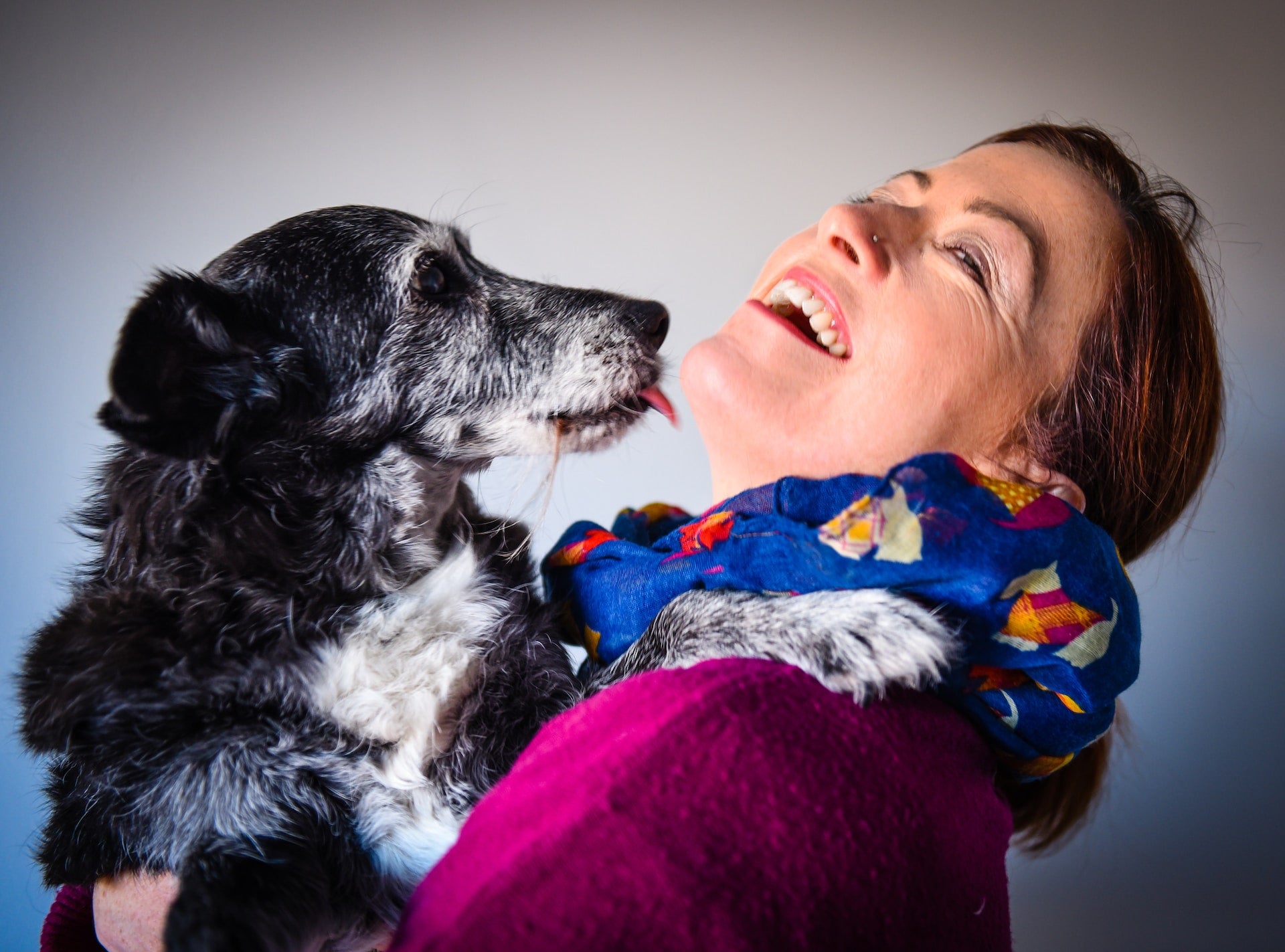Dogs have historically played important roles in literature and popular culture, appearing in everything from the oldest stories and parables to modern novels, movies, and digital media. Our conceptions of dogs have been shaped by their portrayal in fiction and film, where they often play heroic protectors or embody human qualities.
This post takes a quick look at how dogs in art, literature, and pop culture were portrayed over the years.
The Earliest Depictions of Dogs in Art
The epic piece "The Odyssey" by Homer may be among the oldest written accounts of dogs. Argos, Odysseus' devoted dog, stays in Ithaca for twenty years. During this time, he watches for his master's return and is the only one who immediately recognizes him upon his return. This image establishes canines as trustworthy friends, which is the foundation of the old proverb "man's best friend."
Therefore, dogs often symbolize devotion, protection, and unconditional love in ancient writings and artworks.
Dogs in Fairy Tales and Folklore
Dogs have historically held a prominent position in numerous cultures' mythological and moral fabric, frequently appearing in folklore, fables, and fairy tales. These stories, written from various societies' perspectives, often used the dog figure to impart moral lessons or explain natural phenomena, changing people's opinions of dogs over time.
Some classic examples are Aesop's Fables and Ivan Tsarevich from Russia.
Canines in Fiction and Children’s Literature

Dogs emerged as pivotal figures with the debut of the novel. In his work "Lassie Come-Home," published in 1940, Eric Knight tells the story of a dog named Lassie, who is the epitome of loyalty and determination as she returns to her young owner. Based on the novel, the film Lassie Come Home was a box office hit and had far-reaching cultural effects on how dogs were portrayed in American popular culture. The beloved and famous dog Lassie was a Rough Collie, a relative of the Border Collie.
In the same way, "Old Yeller," a children's book by Fred Gipson, explores themes of duty, loss, and responsibility through the plight of a courageous and devoted dog who defends his family but contracts rabies while doing so.
In Jack London's book "Call of the Wild," the protagonist, Buck, a St. Bernard-Scotch Collie mix, is kidnapped from his home and forced into a life of hardship as an Alaskan sled dog. Employing a dog as the main character, this book delves into questions of survival, primordial instincts, and the influence of upbringing vs environment.
Dogs in Art And Pop Culture in the Modern Era

As the collective awareness of dogs' emotional lives and actions has expanded, so has the complexity of how they are portrayed in popular culture.
Dogs in movies like "101 Dalmatians," "Lady and the Tramp," "Clifford the Big Red Dog," and "The Secret Life of Pets" are shown as unique personalities with feelings and identities, progressing from the figurative toward the real. Dogs aren't just symbols of loyalty or bravery anymore; they have fears, wants, and habits, just like people.
We can also thank comic comics like "Peanuts" for helping form our ideas about canines. Charlie Brown's pet beagle, Snoopy, is a famous character who shows a wide range of human-like feelings and thoughts, making it even harder to tell the difference between people and dogs.
Canine superstars like Jiffpom, a Pomeranian dog boasting millions of admirers, become famous thanks to digital content, notably on social media. These mediums entertain and inform, increasing people's knowledge of and compassion for dogs.














